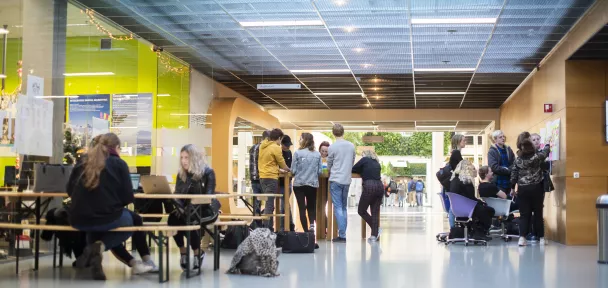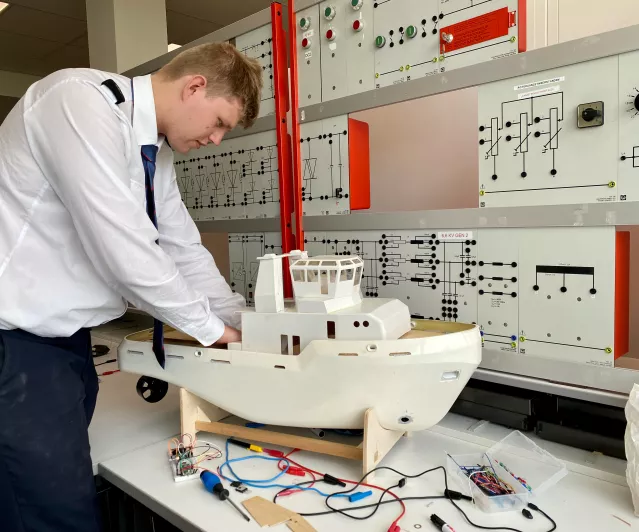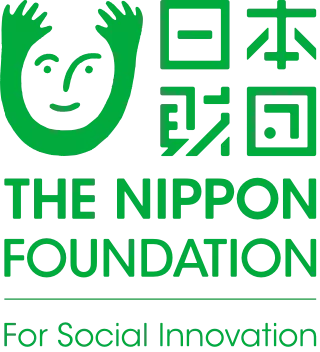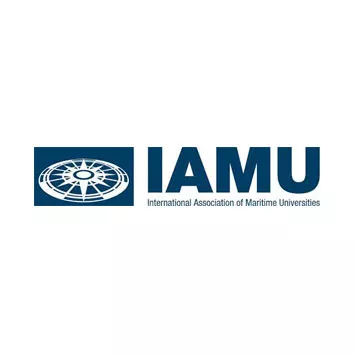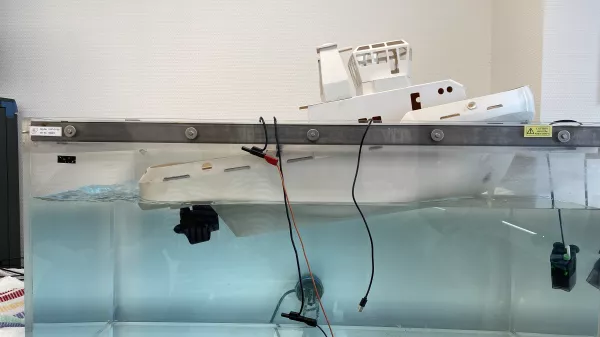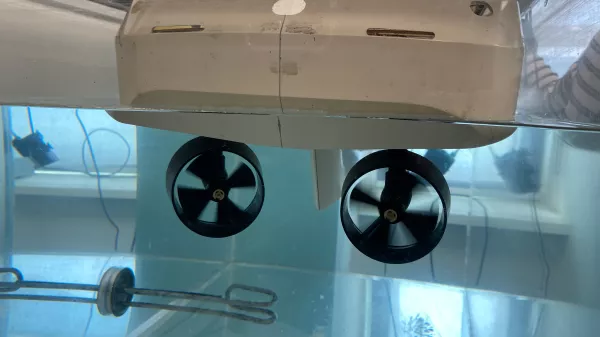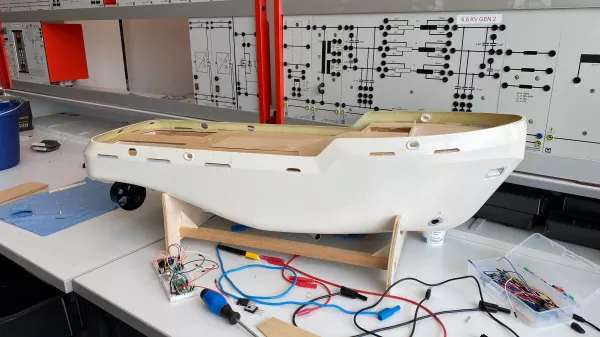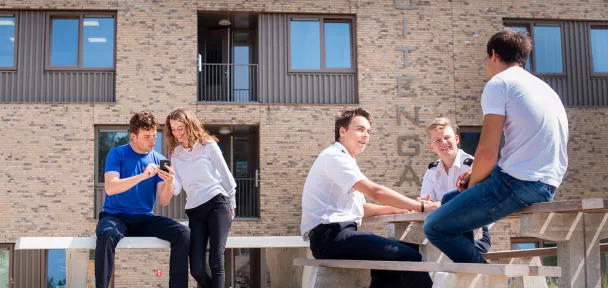
One of the largest remaining tasks for unmanned or autonomous ships to become a reality is the navigation system. Strides have been made in terms of collision avoidance and route following. However, automating navigation does not mean that nautical personnel is no longer required. Most research assumes that when a ship is sailing with an automated navigation system, it needs to be monitored by an operator in a shore control centres (SCC).
What is the motivation for the project?
Before a wide application of shore control centres is possible, some questions must be answered. Currently, the research and applications are mostly focused on operating one ship. The operator is an experienced seafarer with multiple years of experience in operating the ship type he is controlling. Research into the transferability of their skill as a bridge officer or the requirement of new skills has not been performed on a wide scale.
Another area that remains open for further research is the possibility of controlling or monitoring several ships at the same time. For the investment in this SCC to be profitable, operators are likely required to monitor several ships, located in several locations in different phases of travel. In the MUNIN project, one of the first to do a detailed analysis into the needs of operators in a shore control station, monitoring 6 ships at the same time was suggested. This could possibly ask many more seafarers than is currently required when on duty on the bridge.
What problem is the project solving?
The aim of this project is to investigate the information and skills a shore control centre operator needs to safely perform their job. Currently, the information supplied is based on the information that is available, and information that is currently supplied on the bridge. However, the information that a remote operator would require has not been investigated in detail. Additionally, the change in working conditions might mean that operators require new skills to safely perform their job.
Who is the project team?
The materials and data in this publication have been obtained through the support of the International Association of Maritime Universities (IAMU) and The Nippon Foundation in Japan.
The project is only small, but several student projects are part of the research. At this point in time a group of MAROF students from Terschelling are working on the building of the model boat. Additionally a group of students from the minor Secure Programming are working on connecting the model boat to a control unit.
